Don studied graphic design and lithography at the Art Students League with Ashcan artist John Sloan and Harry Wickey. In 1930 he finished his first complete lithograph and, in 1931, found professional lithographer George C. Miller’s 14th Street studio. He worked with Miller for many years.
Freeman's subjects included Broadway theater, politics, and the circus. He was known for carrying a sketchbook with him wherever he went. His images depicted New York City, and the faces of the people he observed on the streets, in the theaters, and in the subways. They often included images of showgirls, Bowery Boys, drunks, apple sellers, window washers and numerous citizens of the city that were down on their luck. Freeman was also a jazz musician and the brother of hotel entrepreneur Warren Freeman.
When Freeman lived in New York City during the 1930s, 40s and early 1950s, he was a brilliant illustrator of city life in the best traditions of Social Realism. His subjects were the actors and actresses of Broadway—from Orson Welles to Alfred Lunt and Lynn Fontanne to the man in the street or the charwomen who scrubbed the stage after the actors and the audience went home. His cartoons and other illustrations appeared regularly in the New York Herald Tribune, The New York Times, The Christian Science Monitor, and Theater Magazine. Freeman also self-published Don Freeman's Newsstand, a short-lived quarterly magazine, each page of which was an original lithograph.
As Freeman's career progressed, he lightened his palette and depicted more upbeat subjects. In 1951, he began illustrating children's books. His wife, Lydia, who was also an accomplished artist, authored some of the books Freeman illustrated. Don Freeman was first introduced to children's literature when William Saroyan asked him to illustrate several books. However, his greatest influence came from the artist Honoré Daumier. Freeman studied many of Daumier's works as well as possessing a large collection of books on the artist.
Throughout Don Freeman's career he was the writer and illustrator of more than 20 children's books. He is best known for his publication of Corduroy. Although he came up with many of his ideas on his own, his wife Lydia Freeman contributed greatly to his success; indeed, she co-wrote two books with him, Chuggy and the Blue Caboose and Pet of the Met.
The Freemans eventually moved to Santa Barbara, California, where they spent the remainder of their lives. Don Freeman died in Santa Barbara on January 1, 1978.
In 1976, Freeman was recognized by the City of New York for his body of work portraying the city. The New York Daily News reported on the Citation from Mayor Abraham D. Beame, which was presented to Freeman at the opening of a one-man retrospective exhibition. In a measure of Freeman's national fame, The Christian Science Monitor covered the 1976 exhibition, as well as a 1978 retrospective, both of which showcased Freeman's drawings, oils, prints, and his limited-edition self-published periodical, Don Freeman's Newsstand.

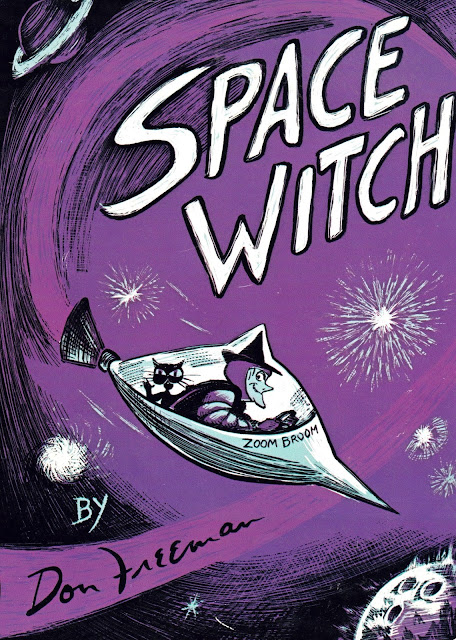
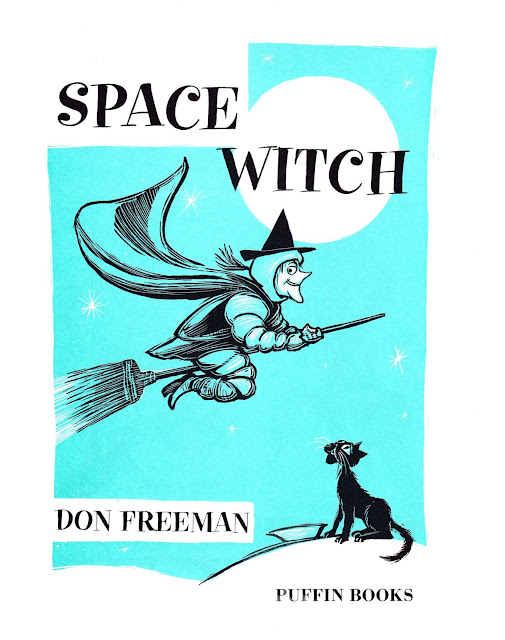



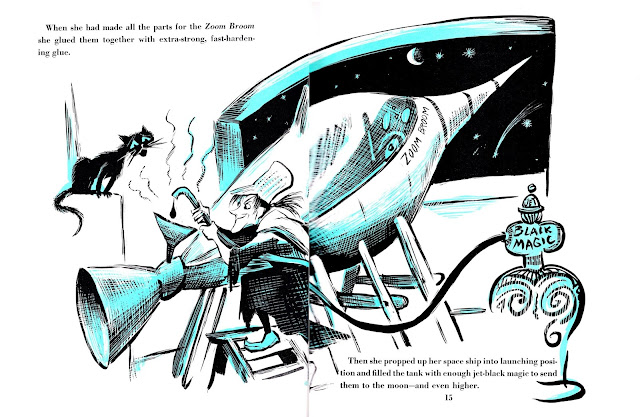

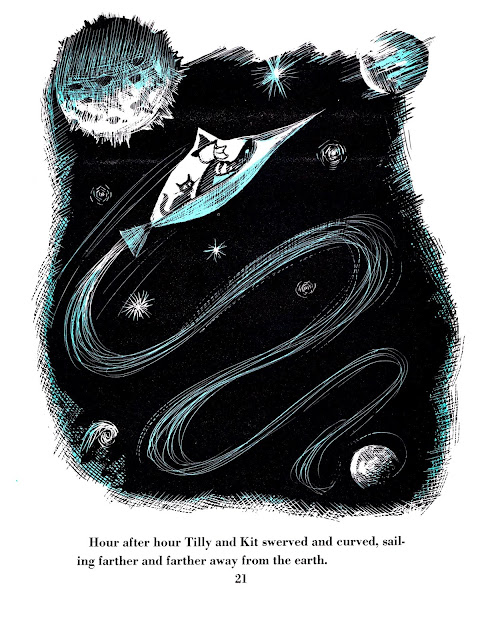
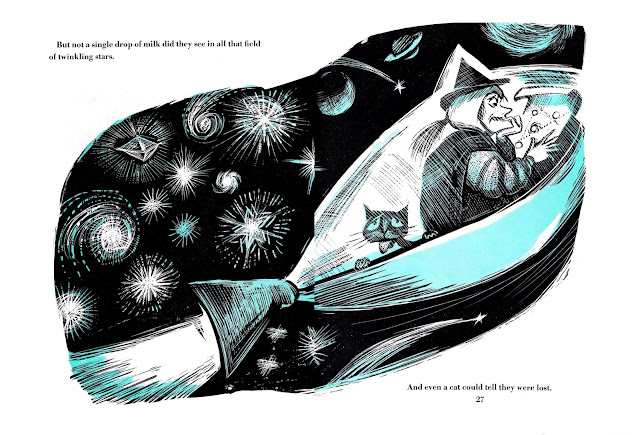
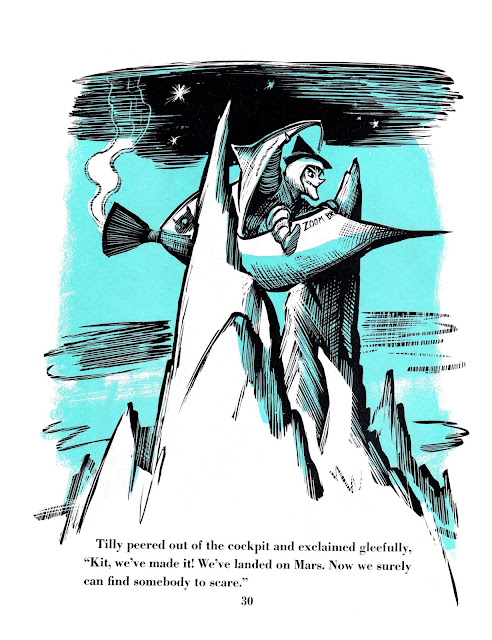
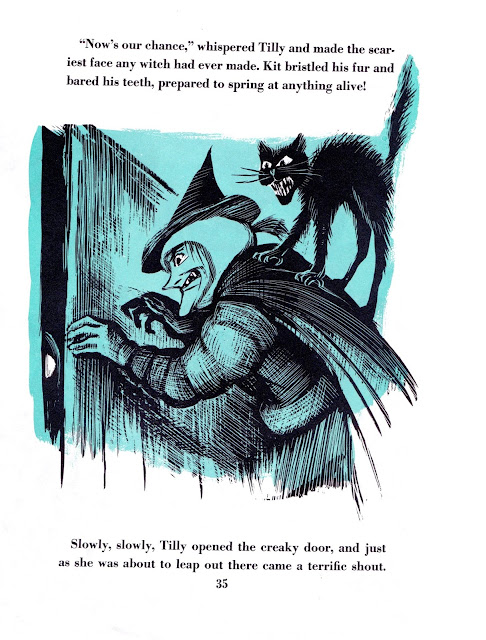

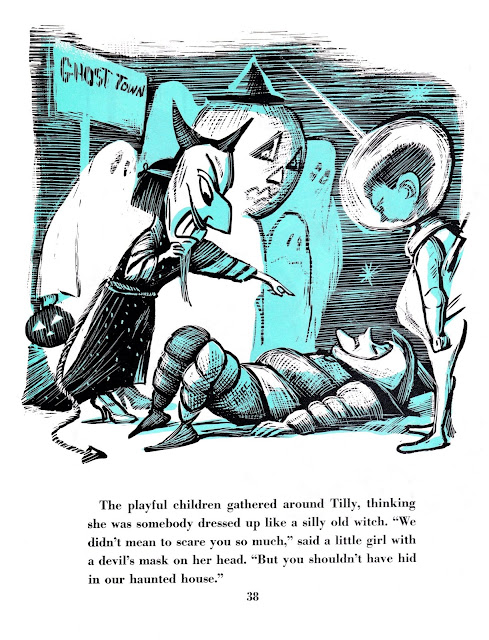
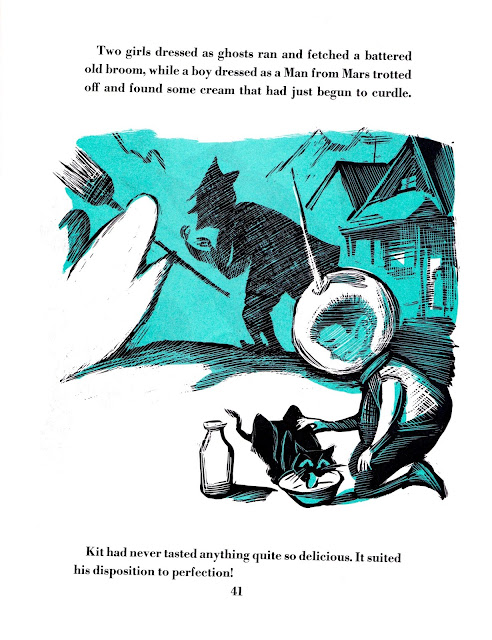
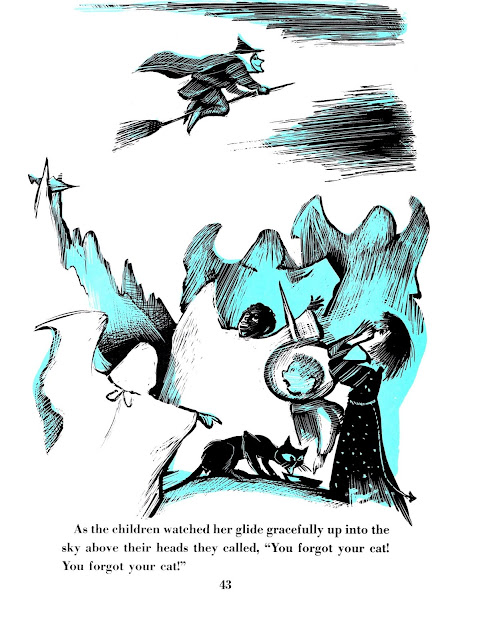
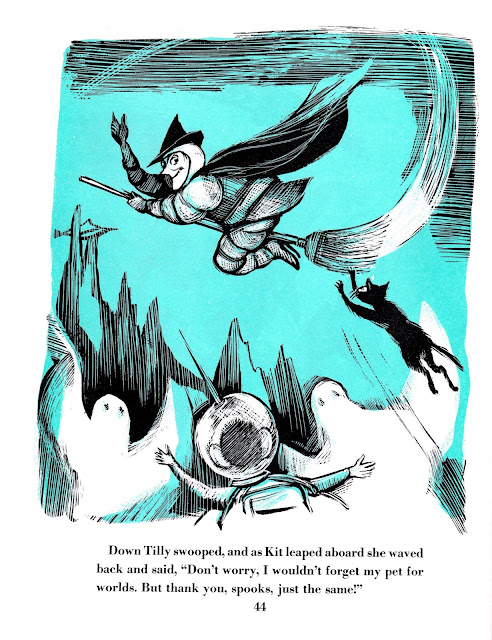
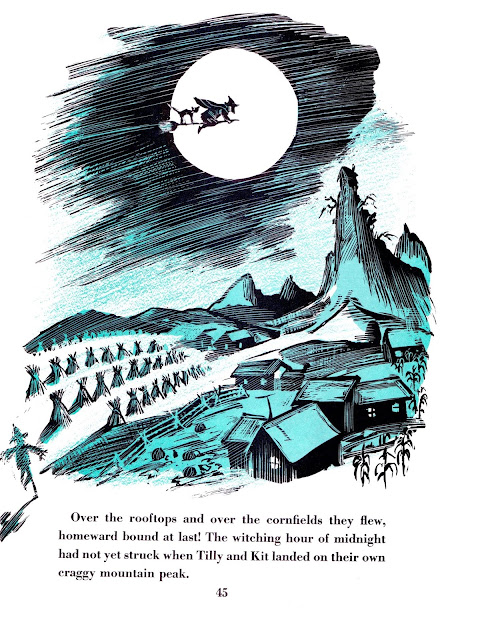
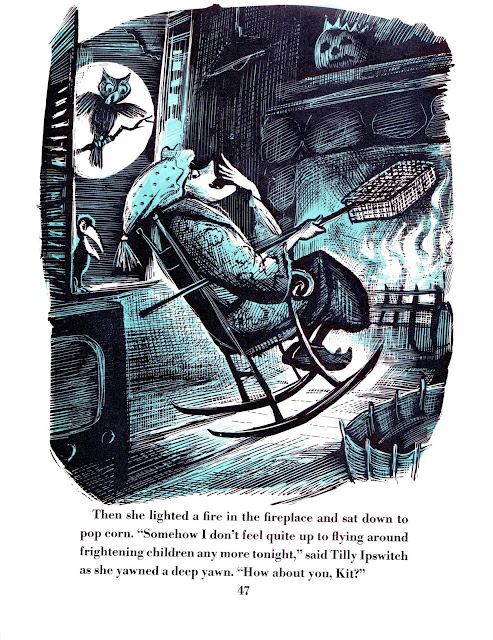

No comments:
Post a Comment
Note: Only a member of this blog may post a comment.